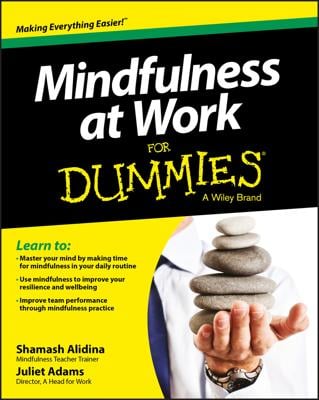When practicing mindful movement, tune into the sensations of your breath as you move and hold different postures. Become aware of thoughts and emotions that arise, notice them, and shift your awareness back to the body. Be mindful of where a stretch is slightly out of your comfort zone and begins to feel uncomfortable.
Explore what being at this edge of your comfort zone feels like. Notice if you habitually drive yourself through the pain, or if you always avoid the discomfort. Be curious about your relationship with movement and stretching and bring a playful attitude to your experience.
Practicing mindful movement has many benefits. You can:
-
Explore limits and discomfort. When you stretch, you eventually reach a limit, beyond which the discomfort becomes too intense. Mindfulness offers the opportunity to explore your mind’s reactions. Do you try to push beyond it, often causing injury, or do you stay too far away, avoiding the slightest discomfort? By approaching the edge with a mindful awareness, you open up to uncomfortable physical sensations rather than avoiding them.
You can transfer this skill of mindful awareness to your experience of difficult thoughts and emotions, encouraging you to stay with them and acknowledge them, and see what effect mindfulness has on them.
-
Tune into the sensations in your body and out of the usual wandering mind. By focusing in on the range of feelings and sensations in your body, you bring yourself into the present moment. Mindful movement shows you a way of coming into the here and now. Most of the other formal meditation practices involve being still, and you may find movement an easier door into mindful practice.
-
Discover how to be mindful while your body is in motion. You can transfer this discovery into your daily life and become more mindful of all the movement you do, such as walking, cooking, cleaning and getting dressed. You’re training your mind to be mindful in your day-to-day activities.
-
Gain an understanding about life through movement practice. When trying to balance in a yoga posture, notice how your body isn’t stiff or still, but continuously moving and correcting to maintain your balance. Sometimes you lose your balance and have to start again. In the same way, living a life of balance requires continuous correction, and sometimes you get it wrong. You just need to start again.
Consider other lessons about life you can take from doing a sequence of mindful yoga, or any other mindful movement. Think about how you cope with the more challenging poses, or how you may compare yourself to others, or compete with yourself.

